#black necked stilt
Photo

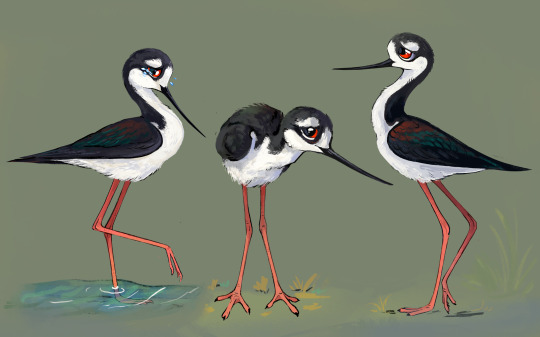
Sad stilts
not sure which background i prefer)
2K notes
·
View notes
Text

Black-necked stilt . . . Bombay Hook National Wildlife Refuge, Smyrna, Delaware . . . 6/30/23
63 notes
·
View notes
Photo

Black-necked Stilt
454 notes
·
View notes
Text

Wading birds long legs and equally long and flexible toes are help them keep balance in wet areas with uneven ground.
(Black-necked stilt)
#photography#art#outdoors#nature#digital art#animals#wildlife#adventure#outdoor#birds#wading bird#black necked stilt#travelphotography#travel#galapagosexpeditionann#galapagos#galapagos islands
22 notes
·
View notes
Text
BOTD: Black-necked Stilt

Photo: Doug Greenberg
"Everything about the Black-necked Stilt seems delicate -- from its incredibly thin stilt-legs to its slim wings and its needle-like bill -- yet it manages to thrive on the sun-baked flats around shallow lakes, some of them in searing climates."
- Audubon Field Guide
#birds#black necked stilt#birds of north america#north american birds#waders#wading birds#stilt#stilts#birds of america#american birds#birds of the us#birds of mexico#birds of central america#birds of the caribbean#bird#birding#bird watching#birdblr#birblr#bird of the day#Himantopus mexicanus
37 notes
·
View notes
Text

birdies from work :)
-🪿
20 notes
·
View notes
Text
Black Necked Stilt (Himantopus mexicanus)

Black Necked Stilt (Himantopus mexicanus)
Here is a couple black necked stilts in shallow water of the bayou at the Sabine National Wildlife Refuge in Louisiana.
"Black-necked Stilt and American Avocet belong to the same family (Recurvirostridae), and they are capable of hybridizing and producing young. The hybrid offspring are rare. Birders who have documented this cross have given it the nickname “avo-stilt.”" - allaboutbirds.org
photo #photography #photographer #photographylovers #birds #birdsofmastodon #birdwatching #BlackNeckedStilt
#photo#photography#photographer#photographylovers#birds#birdwatching#birds of north america#birdsphotography#birdlovers#birdphotography#birds nature#birdingphotography#black necked stilt#bird#birding#bird watching#bird photography
19 notes
·
View notes
Text
listen, I know everyone in the world has already made all kinds of jokes about bird names, however
I’m at all times delighted to know that there’s a whole family of birds named stilts because like

(photo source)

(photo source)
yeah man, sure is
#birds#stilts#black winged stilt#black necked stilt#it was birdwatching walk day this morning#and there’s always an Abundance of these guys at the shore where I take my walk#so I am Thinking Of Them#more leg than bird and they’re beautiful and perfect for it#posting about birds on company time etc etc
7 notes
·
View notes
Text

Supermodel vs BEAK
Black-necked stilts inhabit lakes, estuaries, salt ponds, and wetlands in western North America, Central America, and northern South America. They eat invertebrates and fish, and have been recorded herding fish into shallow water to trap them. Breeding pairs cooperate in building nests and incubating eggs. While semi-colonial when nesting, they are very territorial during the breeding season. Parent stilts have been known to feign weak or sick behavior to distract predators from their young. Relative to their body size, black-necked stilts have the second-longest legs of any bird, after only the flamingos.
Ibisbills forage and breed along rocky streams in Central Asia and the Himalayas. They eat invertebrates such as caddisflies and grasshoppers, as well as small fish. They are generally solitary and monogamous, and apparently not shy of humans. Both parents share incubating duties, and young from a previous brood may help to raise subsequent broods.
16 notes
·
View notes
Text
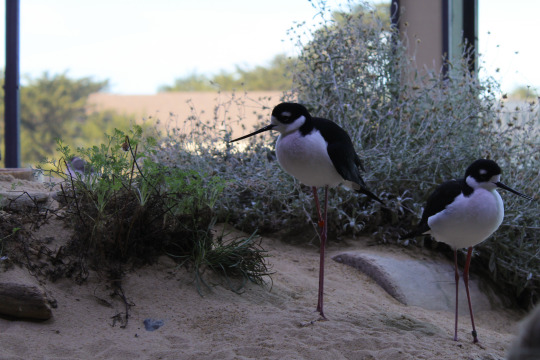
Black-necked stilts at Monterey Bay Aquarium.
5 notes
·
View notes
Photo
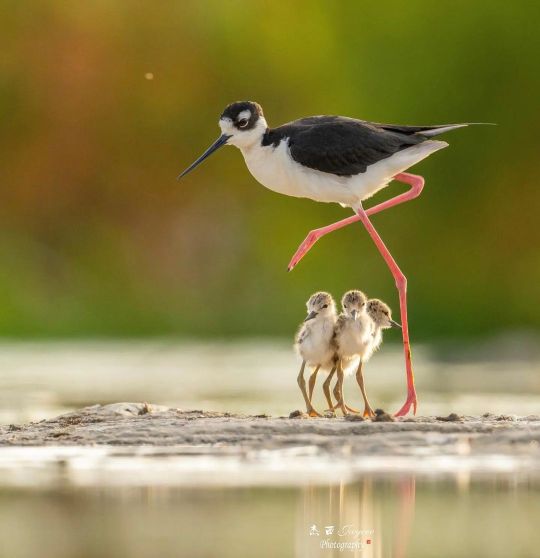
Black-necked Stilt
202 notes
·
View notes
Text

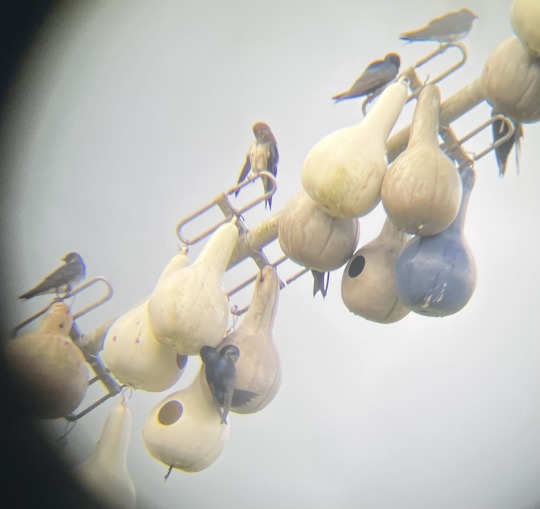
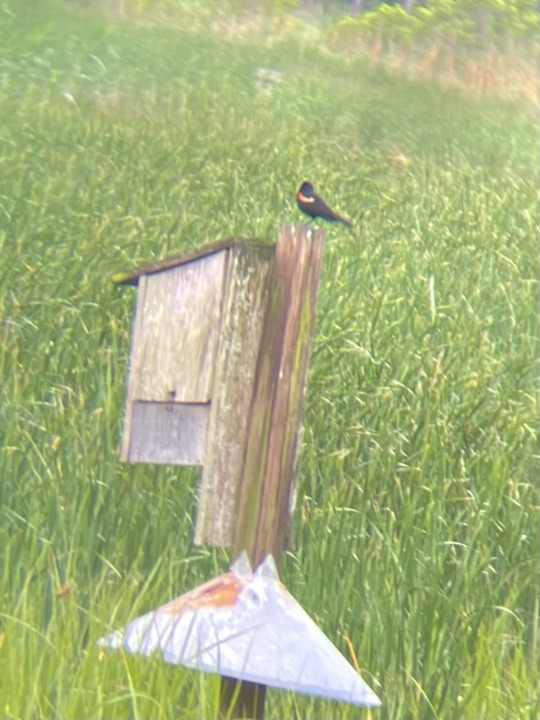
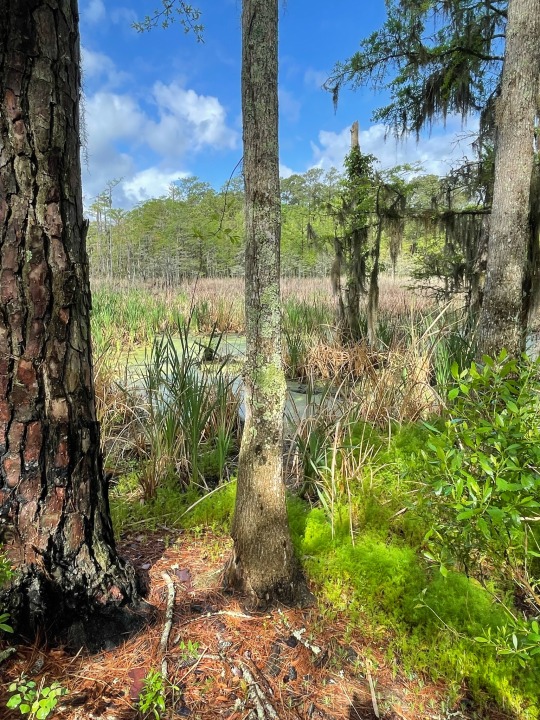
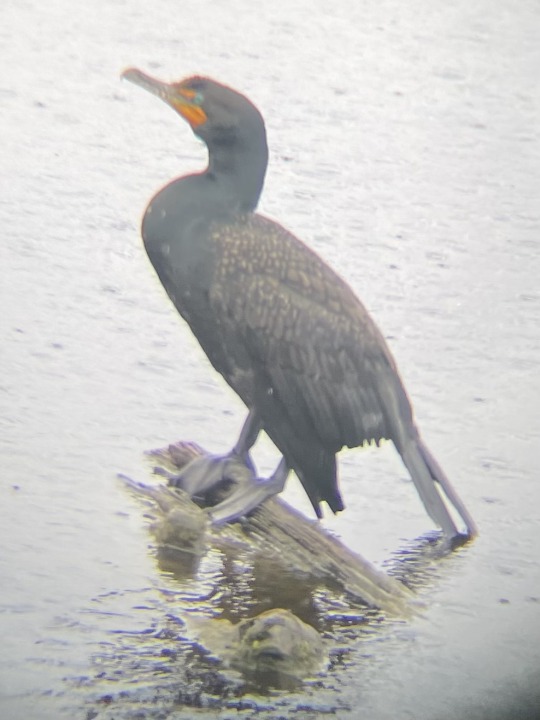



BIRDS??? (and an alligator) YEAH BABY WE WENT ON A BIRD TRIP YESTERDAY AND SAW SO MANY COOL FRIENDS
BONUS VIDEO OF THE ROUGH WING
#THIS TRIP WAS SO MUCH FUN…I LOVE BIRDS#all pics taken through a scope or binocs btw!!!#unrelated I ate an entire (serving size) bag of cool ranch Doritos as I posted this#northern rough winged swallow#purple Martin#swallows#red winged blackbird#blackbirds#alligators#double crested cormorant#cormorants#anhingas#black necked stilt#stilts#sandpipers#tri colored heron#herons#birds#animals#puffin pix
6 notes
·
View notes
Text
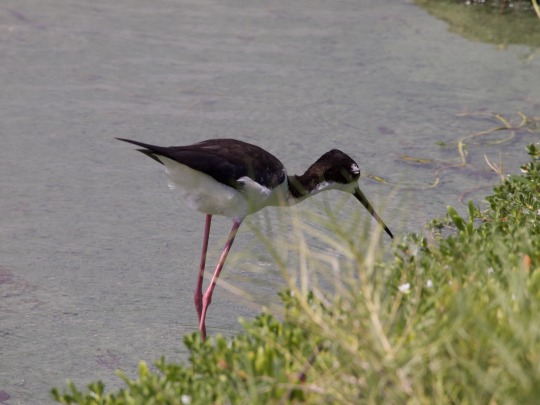
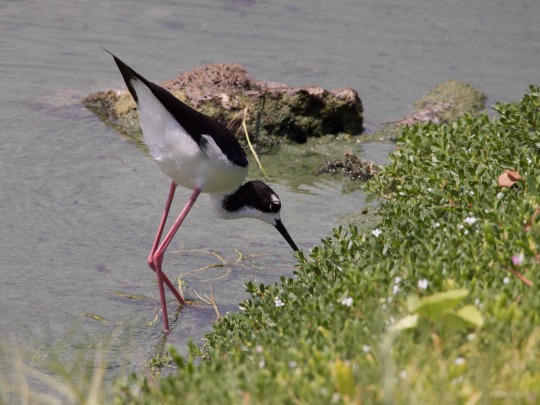
Black-Necked Stilt
Location: Hawaii
#bird#birds#birding#birdwatching#bird photography#photography#bird photos#nature#wildlife#birdphotography#black necked stilt#birds of hawaii#hawaii
2 notes
·
View notes
Text
BRACKET B
Greater Superb Bird-Of-Paradise (Lophorina superba)
Little freak.
VERSUS
Perrito/Black-Necked Stilt (Himantopus mexicanus)
Ouppy.

29 notes
·
View notes
Text
Elegance

This black-necked stilt looks graceful in this photograph, doesn't it?
"Black-necked Stilts are among the most stately of the shorebirds, with long rose-pink legs, a long thin black bill, and elegant black-and-white plumage that make them unmistakable at a glance. They move deliberately when foraging, walking slowly through wetlands in search of tiny aquatic prey." - allaboutbirds.org
#photographer#photography#birds#birds of north america#birdsphotography#birdwatching#birdlovers#birdphotography#birds nature#birdingphotography#bird#bird of prey#bird photography#bird watching#birding#black necked stilt
8 notes
·
View notes